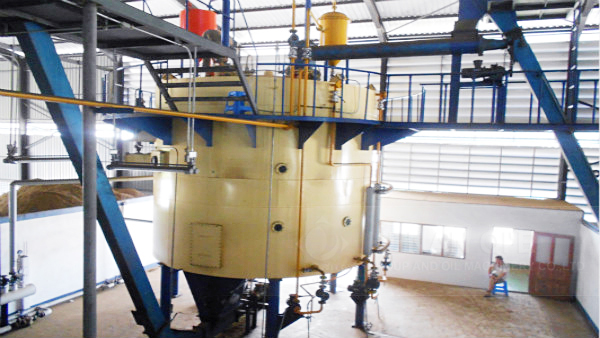
Choosing the right extraction method is one of the most critical decisions for any soybean oil manufacturer aiming to balance yield, cost, and quality. Whether you're running a small-scale operation or managing a large industrial plant, understanding the technical differences between mechanical pressing and solvent extraction can significantly impact your bottom line—and your brand’s reputation in global markets.
| Feature | Mechanical Pressing | Solvent Extraction |
|---|---|---|
| Oil Yield (%) | 60–75% | 95–98% |
| Energy Consumption (kWh/kg oil) | ~1.5 | ~0.8 |
| Environmental Impact | Low carbon footprint | Requires solvent recovery systems |
| Maintenance Needs | High (press parts wear quickly) | Moderate (requires regular checks on vapor recovery) |
In practice, many modern plants use a hybrid approach—first pressing to extract initial oil, then solvent extraction for residual oil from the cake. This strategy maximizes yield while minimizing energy use and equipment strain.
Global buyers—from food processors in Europe to cooking oil brands in Southeast Asia—are increasingly focused on sustainability, purity, and consistency. Mechanical pressing delivers cleaner oils with fewer chemical residues—ideal for premium organic labels. Meanwhile, solvent extraction offers unmatched efficiency for bulk buyers who prioritize volume and cost-effectiveness.
A case study from a mid-sized facility in Brazil shows that switching to a two-stage process increased total oil yield by 12% over six months, without compromising quality. The key? Proper pre-treatment—cleaning, dehulling, and flaking—boosted both methods’ performance.

For startups or smaller producers, mechanical pressing may be more feasible due to lower capital investment (~$50k–$150k) and simpler regulatory compliance. Larger operations often justify solvent extraction’s higher upfront costs ($300k+) through long-term ROI—especially when targeting B2B contracts requiring consistent high-volume supply.
These aren’t just technical questions—they’re strategic ones that shape how buyers perceive your product’s value. In today’s competitive landscape, clarity around your extraction method isn’t optional—it’s your competitive edge.
Ready to optimize your soybean oil production? Let’s talk about how we can help you choose the best extraction method for your goals—and build stronger relationships with international buyers.
Get Expert Guidance on Soybean Oil Processing
